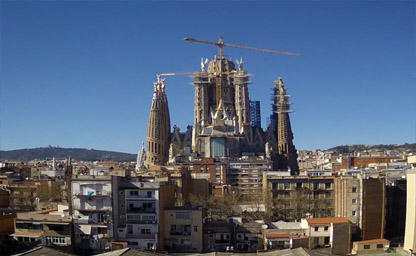
La Sagrada Familia
Located in the Eixample district of Barcelona, Catalonia

Located in the Eixample district of Barcelona, Catalonia
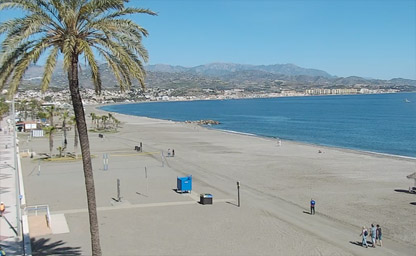
Is part of the town of Vélez-Málaga
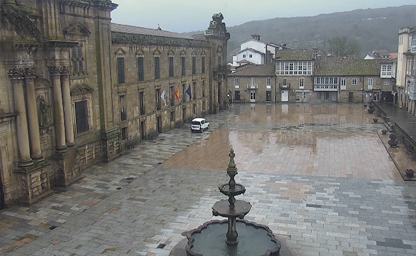
It belongs to the comarca of Terra de Celanova
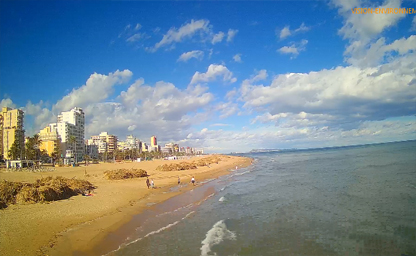
Eastern Spain on the Mediterranean - on the Costa de Valencia
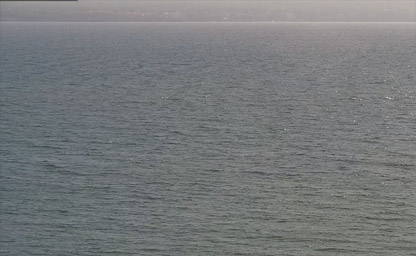
Golden sands that characterize this Mediterranean jewel
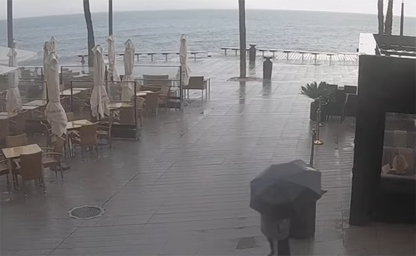
It’s known for its Mediterranean climate and coastline
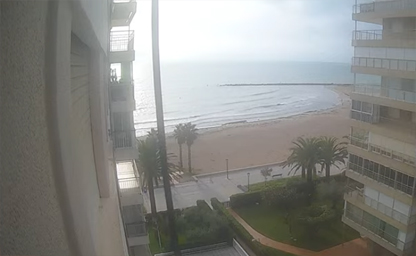
An urban beach, it is one of the most popular in the destination
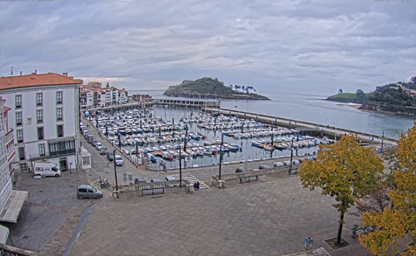
Stroll around the port, admire the beautiful view of the island of San Nicolás
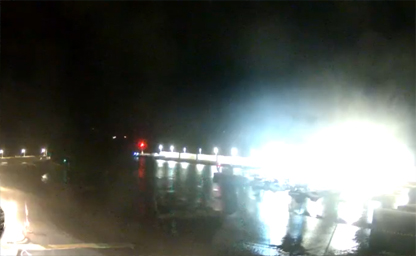
A fishing village on the north-western coast of Gran Canaria
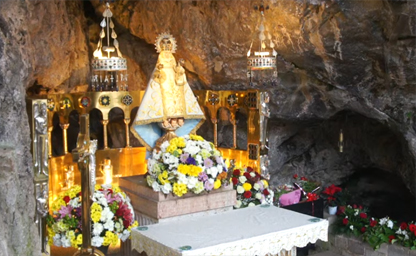
The Holy Cave of Our Lady of Covadonga (Santa Cueva de Nuestra Señora de Covadonga)
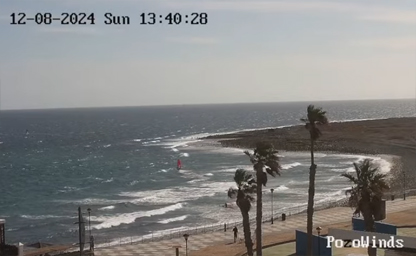
Shows you Pozo Izquierdo Bay along the beach (Playa Pozo Izquierdo - El Arenal)
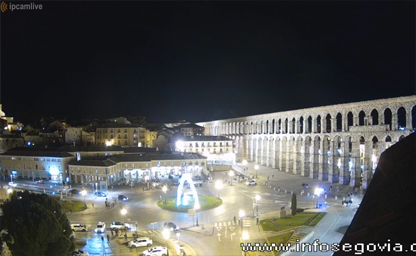
The magnificent Roman Aqueduct at Artillería Square “Plaza de la Artillería”
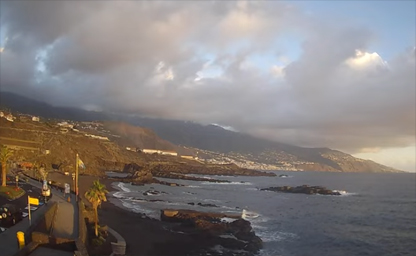
Located on the waterfront there is the promenade (Paseo del litoral)
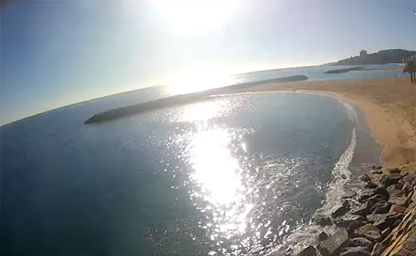
This resort area is part of the city of Calonge, which includes a medieval town centre on a hill
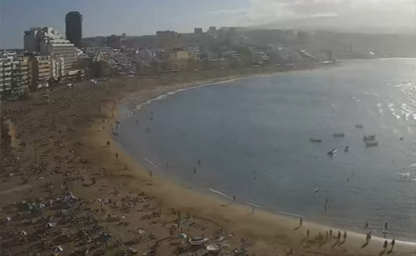
Displayed the seaside of the picturesque location of Isleta
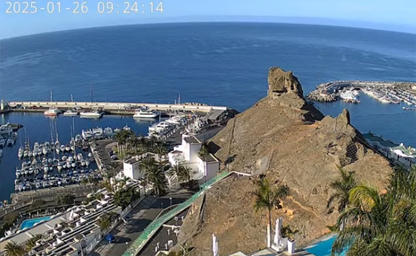
Views from the Playa de Puerto Rico Beach, with its golden sand and calm waters
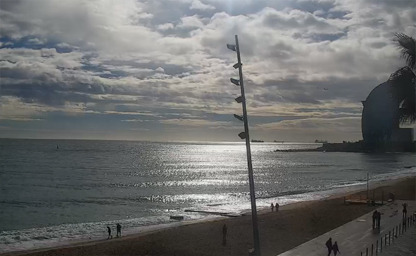
Barcelona's Sant Sebastià Beach is the favourite one for the locals
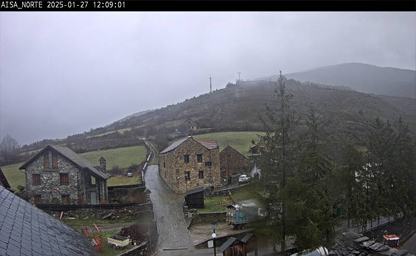
The municipality includes the towns of Candanchú, Esposa and Sinués
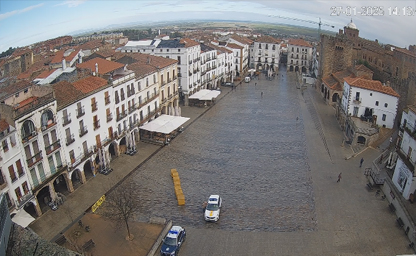
Houses the headquarters of the Superior Court of Justice of Extremadura
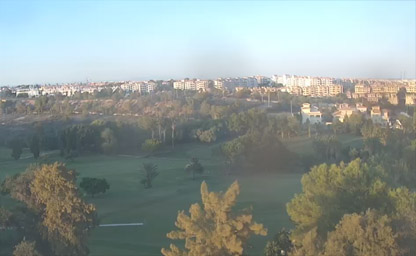
Located at the feet of the Sierra de Orihuela mountains
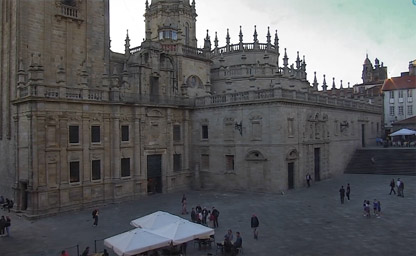
A part of the Metropolitan Archdiocese of Santiago de Compostela
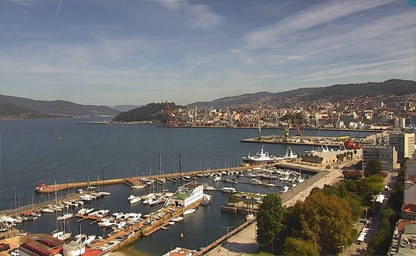
It is the southernmost ria of the Rías Baixas
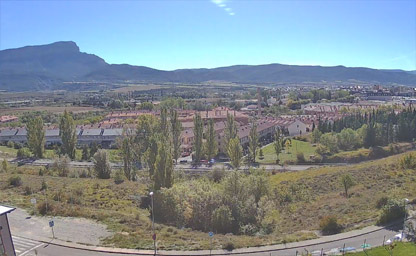
A city in the Pyrenees mountains of northeast Spain
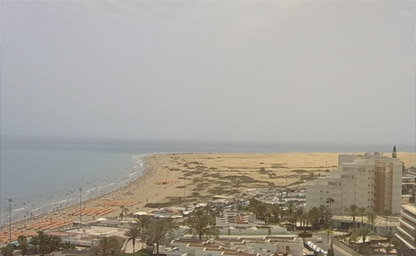
A amazing panoramic outlook to the beach
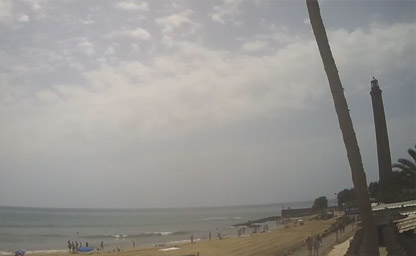
The famous lighthouse, El Faro de Maspalomas
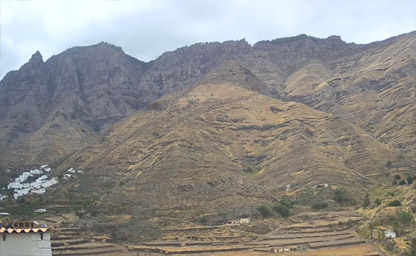
Situated on a beautiful farm on the outskirts of Gran Canaria
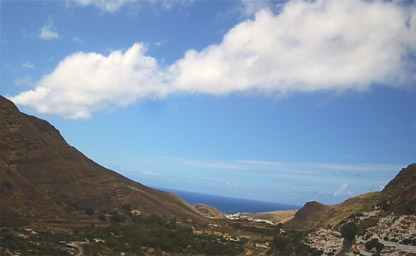
Situated 50 meters from the beach of Agaete
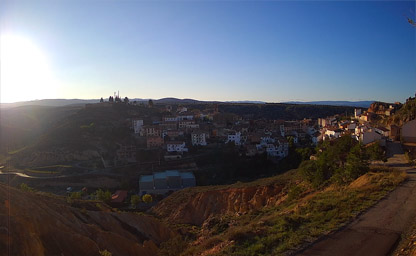
A municipality located in the province of Teruel, Aragon
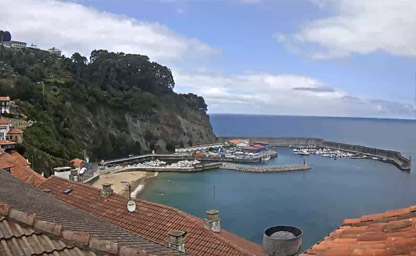
Is one of 13 parishes in the Colunga municipality
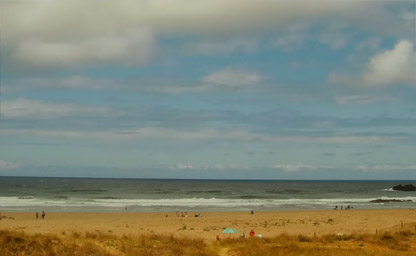
The 'swell magnet' of the Spanish region Asturia
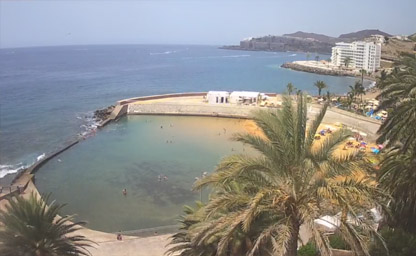
Views from La Lajilla beach to Anfi del Mar
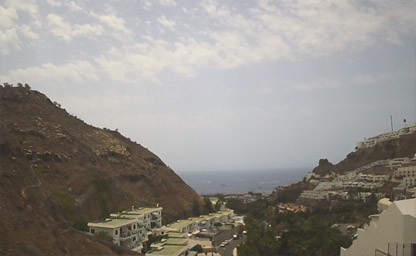
On the south-west coast of the Spanish island of Gran Canaria
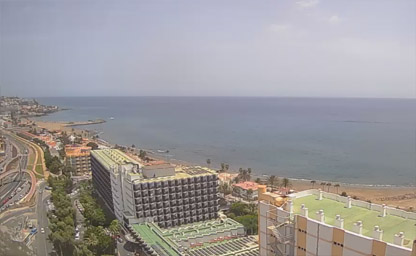
The beautiful view of the San Agustín beach with Playa del Inglés
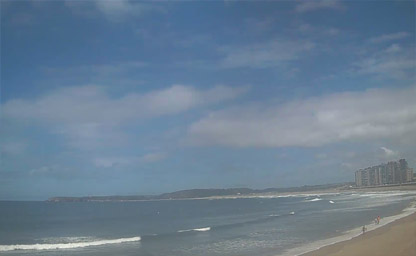
One of the most popular tourist beaches on the Asturian coast
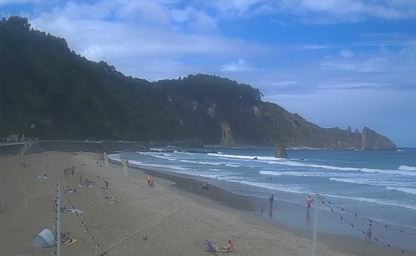
The busiest in the municipality of Muros del Nalón
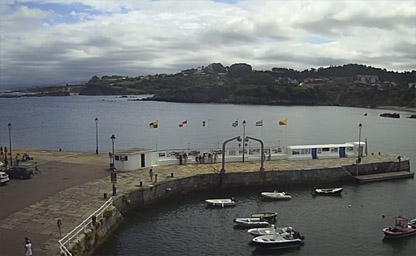
The capital parish of the municipality of Gozón
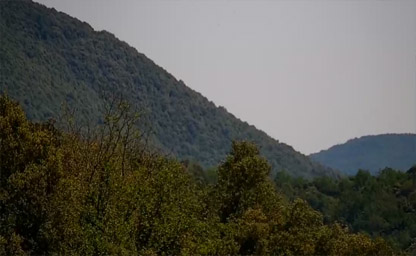
A city in Spain’s northeastern Catalonia region
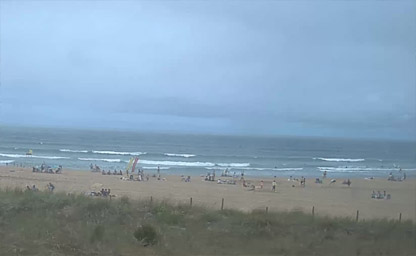
Another impressive natural spot in Asturias
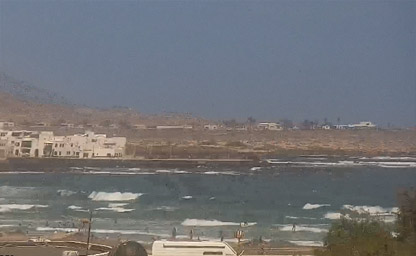
The small fishing village of Caleta de Famara has achieved worldwide reknown as a surfers paradise
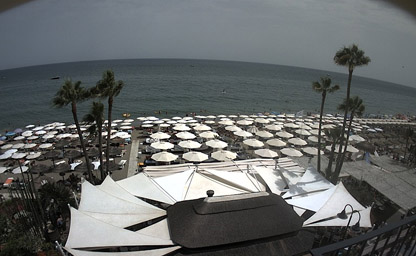
Tourist complex right on the sea front, in the heart of the beautiful Costa del Sol
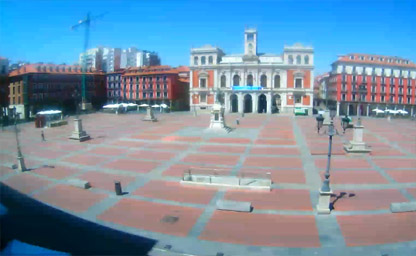
Situated from Valladolid, a municipality in northwest Spain
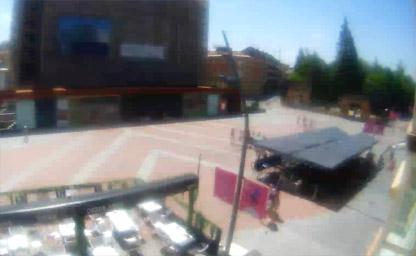
In the northeast, the provincial capital Soria
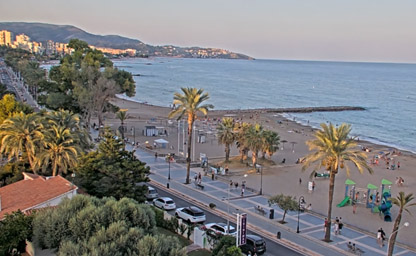
A municipality and beach resort situated in the beautiful province of Castelló
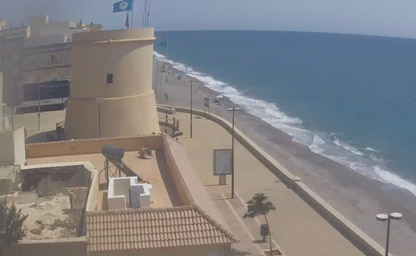
Beautiful view of the Balerma tower and the beach
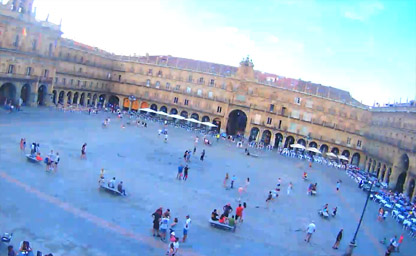
The capital of Salamanca province, part of the beautiful Castile and León region
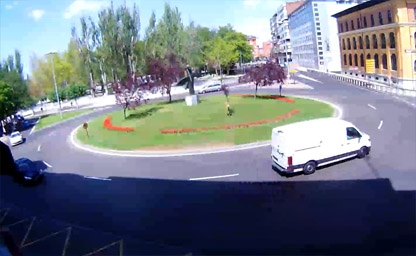
A beautiful city of Spain situated in the autonomous community of Castile and León
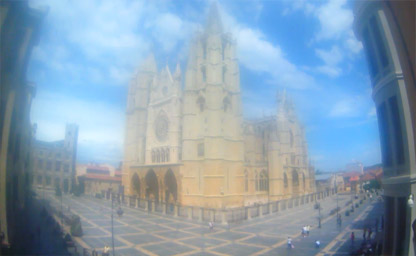
A beautiful city on the Bernesga River in northwest Spain
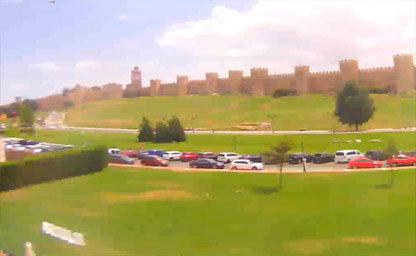
Capital of the Spanish province of the same name
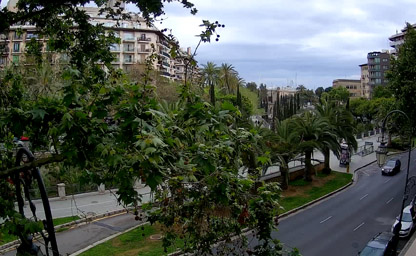
Located directly opposite Sant Pere beach in exclusive Mal Pas, Alcudia
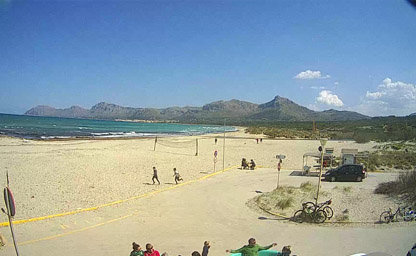
Locate on the most beautiful beach of the Mallorca island
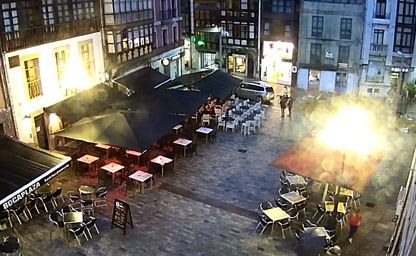
View from center of the town of Llanes, to the square of Parres Sobrino
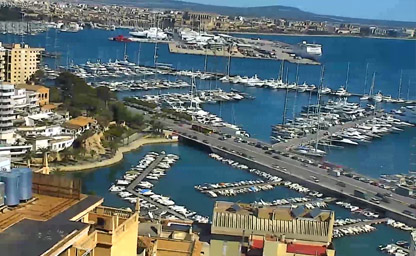
Located in a quiet area near the seafront, Porto Pi Shopping Centre and the Port of Palma
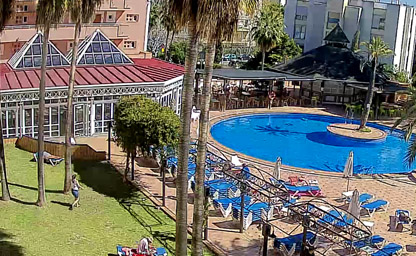
Large swimming pool is surrounded by a spacious terrace
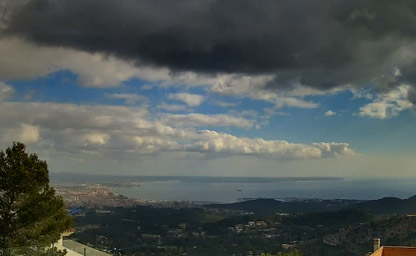
Empuriabrava wind tunnel live stream. Indoor Skydive at Europes best tunnel Windoor
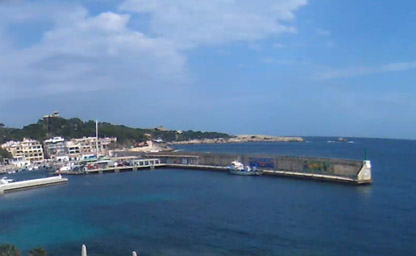
Perfectly situated at Cala Agulla with beautiful ocean view included
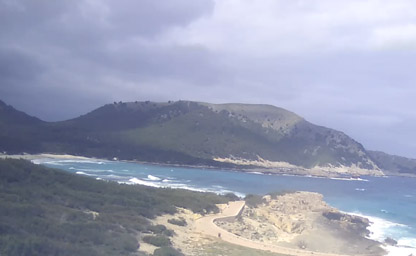
Perfectly situated at Paseo Maritimo with sea view included
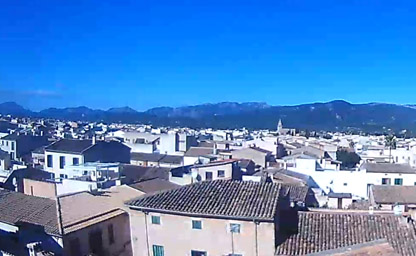
Restaurant located in Santa Maria del Camí
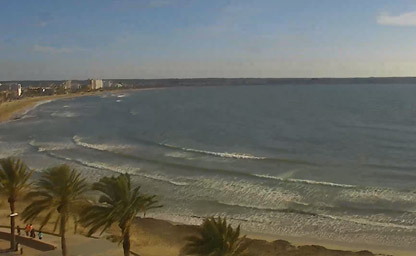
Live webcam stream of the Can Pastilla beach outside restaurant Nogues
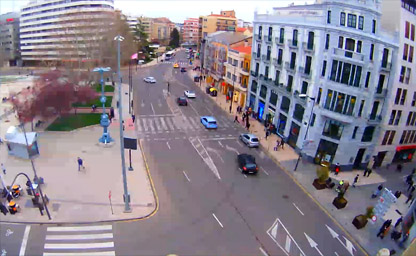
The capital of Zamora province in the beautiful Castile and León
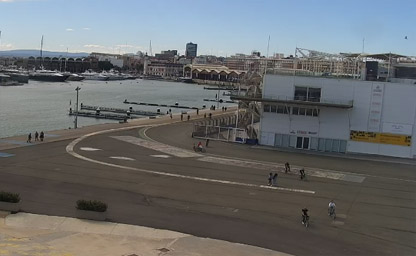
Situated from Bankia Fintech, Innsomnia - the largest financial innovation centre in Spain
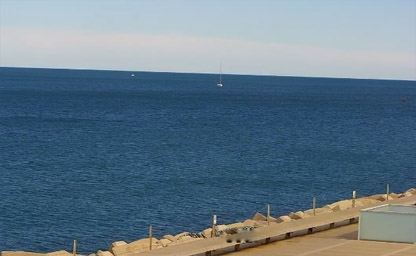
A beautiful edge area with wide spaces for walking and cycling
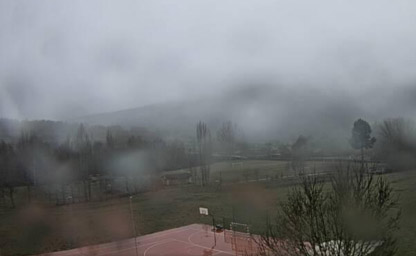
Situated in the southeast of the Province of Burgos
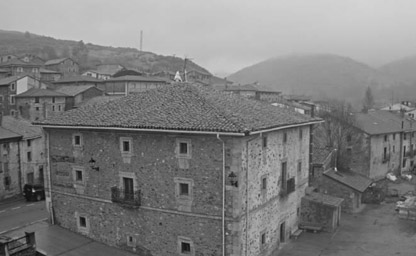
Situated in the province of Castile, Burgos and León
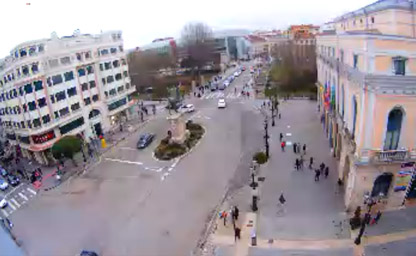
Home to the monument of Rodrigo Díaz de Vivar “El Cid”
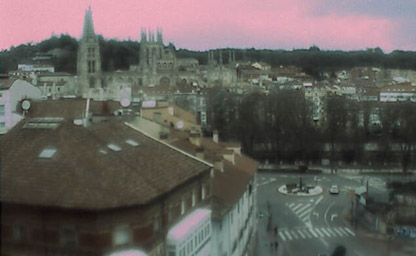
Located nearby to Guardia Urbano, and close to Ceigroup
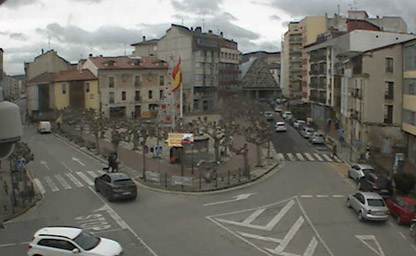
Municipality in the North of Burgos
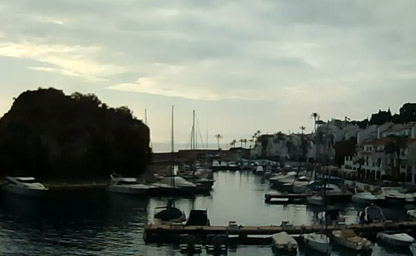
It belongs to the comarca of beautiful Costa del Sol Occidental
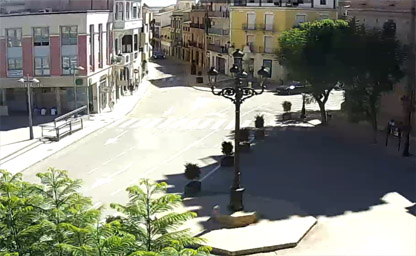
Located in Totana occupies the area in front of the Town Hall (Ayuntamiento)
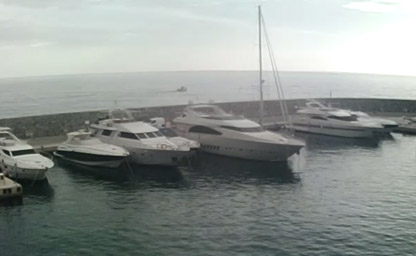
A seaside resort on Spain's Costa Tropical
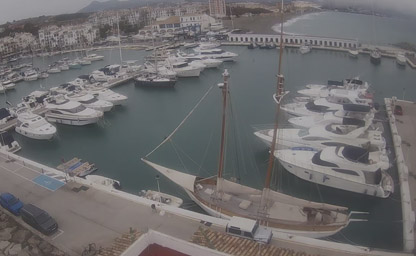
Located in the autonomous community of Andalusia in Spain
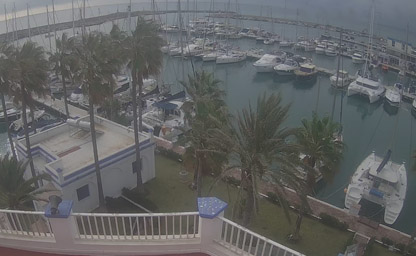
Resort town on the Costa del Sol in southern Spain
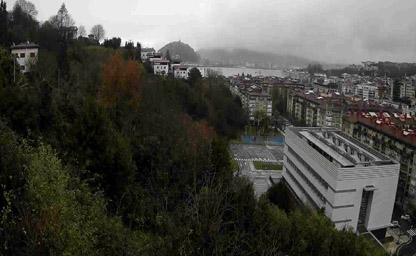
The live view of the sunset in La Concha Bay is wonderful
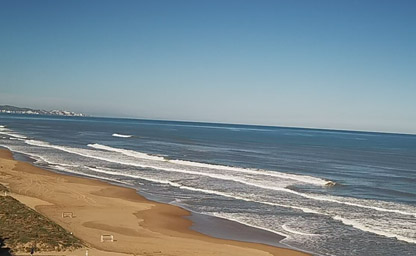
Located on the Costa del Azahar, orange blossom coast
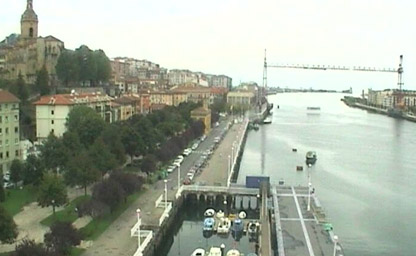
Overlooking Muelle Viejo, Deportivo y pesquero
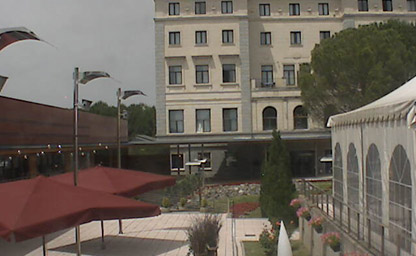
Situated in a symbolic building, the old Seminario Mayor
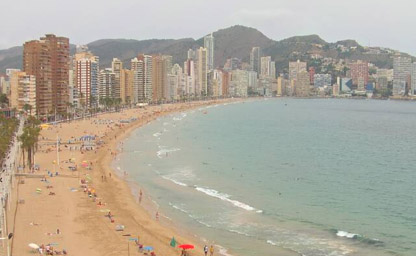
Urban public beach with recreational waters and lounge chairs in Costa Blanca
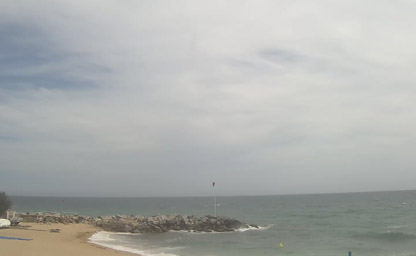
A municipality in the comarca of the Maresme in Catalonia
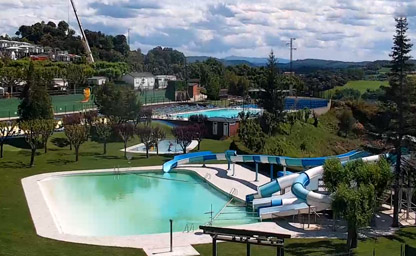
The Parc de la Natura is promoted by Diputació de Barcelona
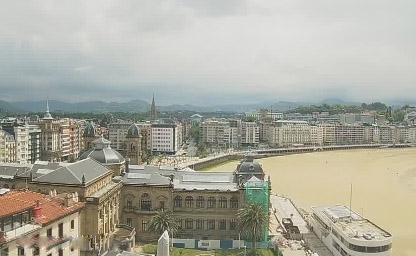
Looking out over Bahia de La Concha, Province of Guipuzcoa
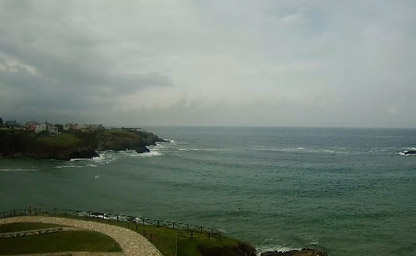
Located in the municipality of Ayuntamiento de Tapia de Casariego
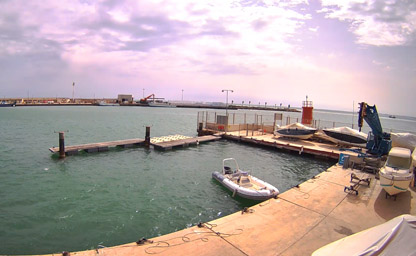
Enjoy riding on the water
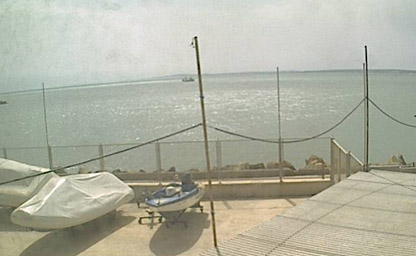
Náutica Antonio is a reference on the Costa Blanca
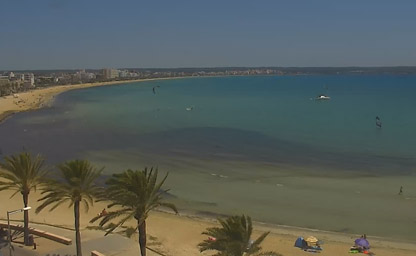
At the beautiful Costa Brava. Its' most excellent situation in the centre of amazing Lloret de Mar
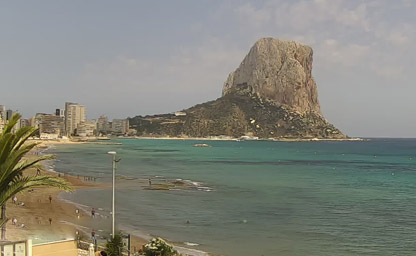
Enjoy the Mediterranean in Calpe
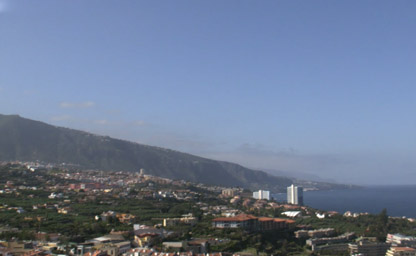
Located in Taoro Park with stunning panoramic views of the Orotava Valley
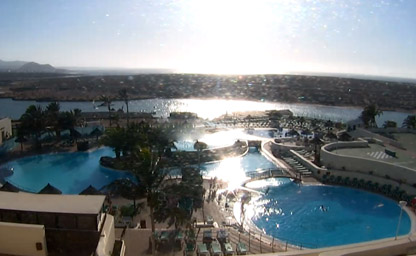
Enjoy the views from home and dream a little of your next holiday
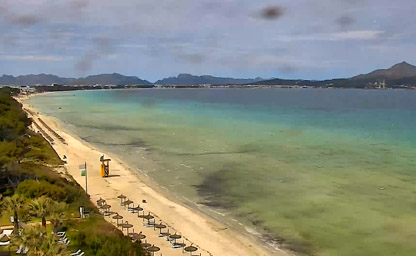
Located on Avenida de S'Albufera, right in the center of the Bay of Alcudia and on the beachfront of Playa de Muro
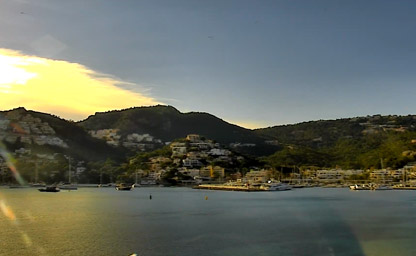
Overlooking the harbor of Port D'Andratx is the perfect place for that
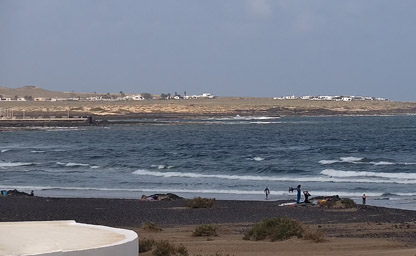
Lanzarote is the ideal water sport destination
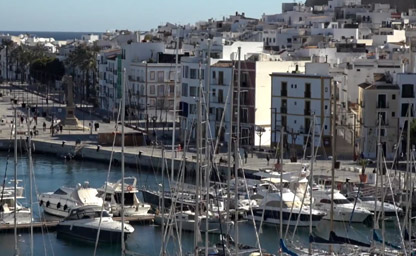
Overlooking the Dalt Vila and port of Ibiza
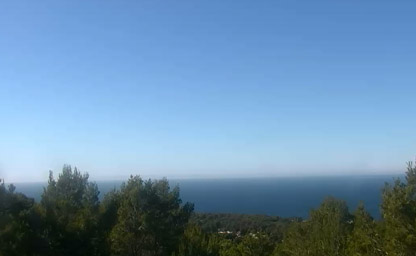
Enjoying the greatest free show on earth
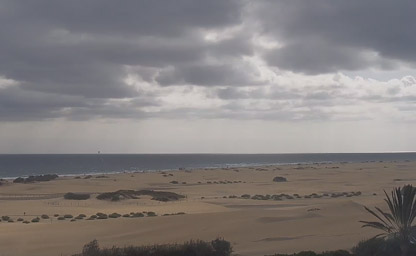
Direct access to the dunes and the beach
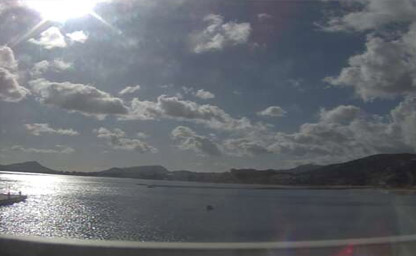
Enjoys a privileged location on the sea front
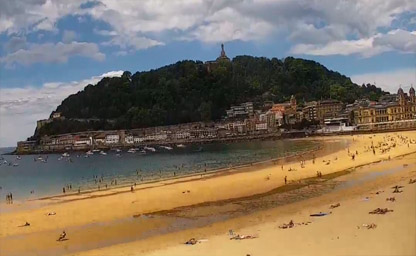
A crescent shaped urban seaboard of the city of San Sebastián
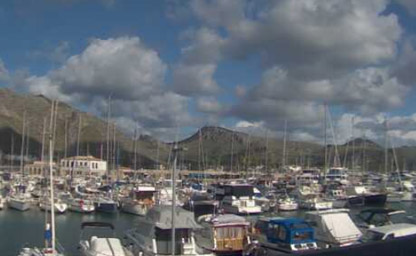
Probably with the best views of the Bay of Pollença
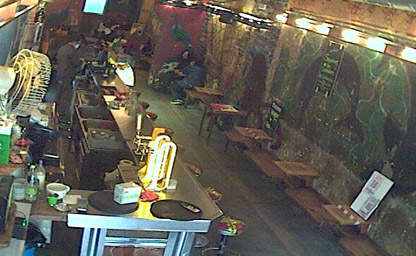
Bar Oviso, located in the heart of the Barrio Gótico at Plaza George Orwell
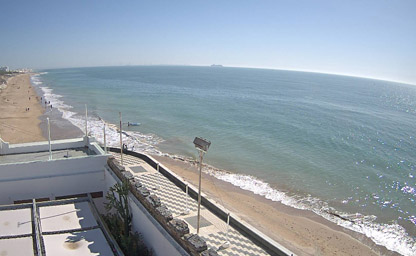
The hotel has a free towel service for all our clients
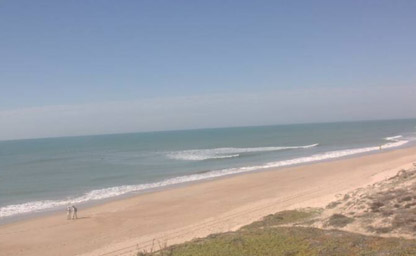
Andalusia is the perfect place for a vacation or a business meeting
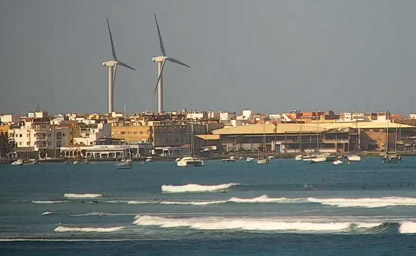
Enjoy your favorite water sports in the best conditions
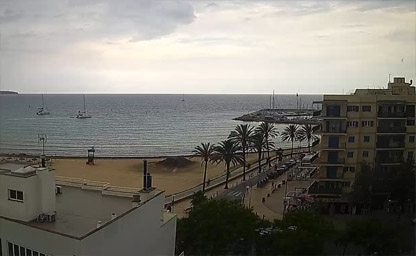
A traditional beach holiday in Mallorca
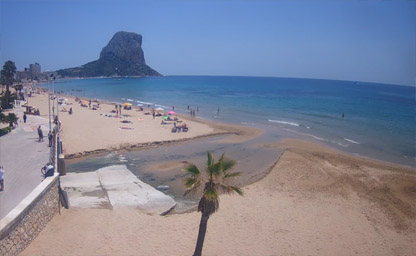
A coastal municipality situated in the comarca of Marina Alta
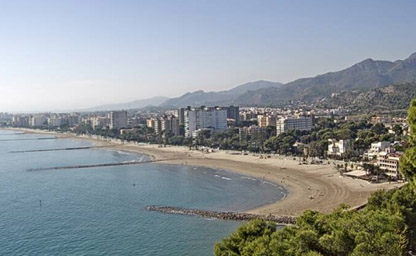
It's an ideal place where the Sea and the mountains meet
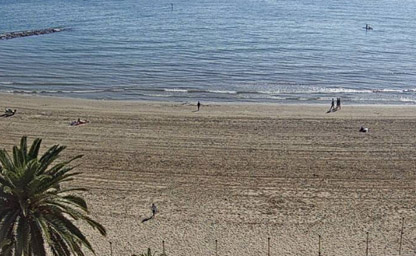
One of the numerous enchantments of the Voramar hotel is its location
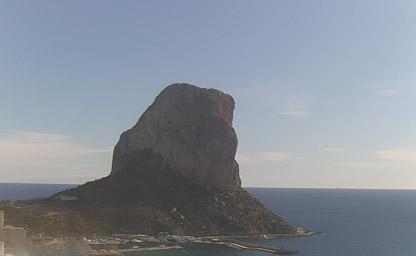
Located in the center of Calpe, on the Costa Blanca
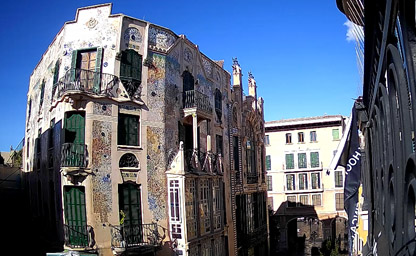
Directly opposite this beautiful backdrop
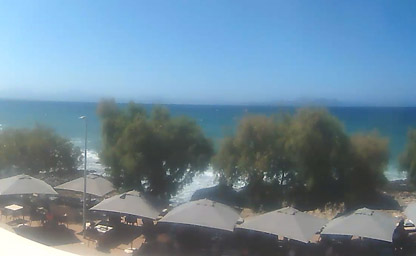
Restaurant right by the sea
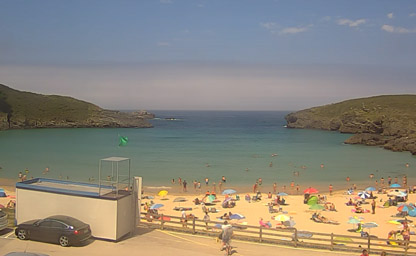
Located on the first line of the Barro beach
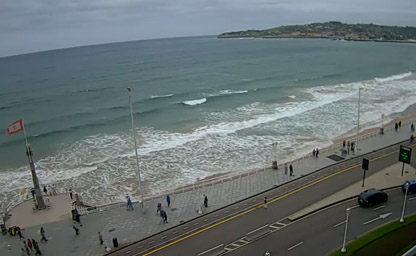
Now you won’t miss any surf session
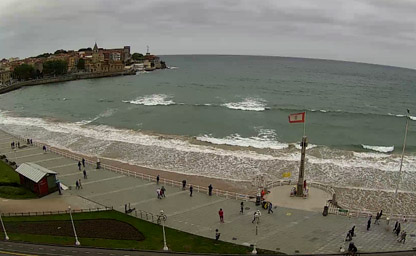
Keep an eye on this webcam and don’t take any chances
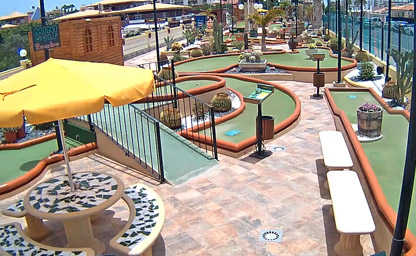
Located on the entrance of one of the most lively Shopping Centres
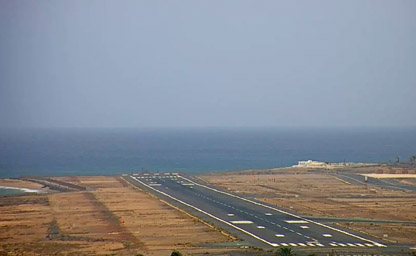
Enjoy the enchanting surroundings of this well-known vacation paradise
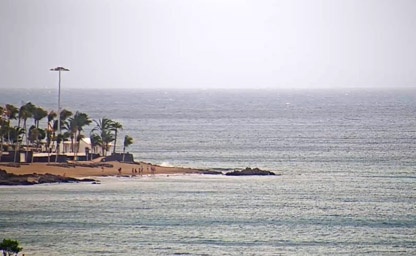
The location in Gran Canaria is regarded as having the most temperate climate in the world
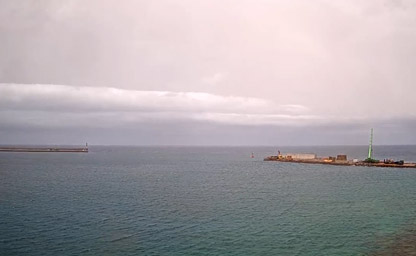
Gran Canaria means sun, beach and fun
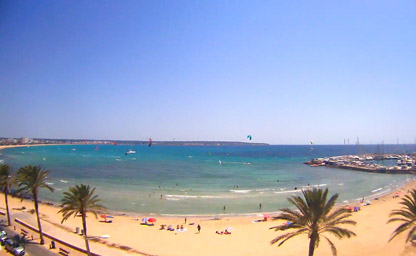
Located on the beach of Can Pastilla, with spectacular views
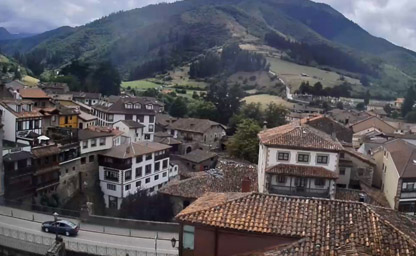
Four main pilgrimage routes to the Santo Toribio Monastery
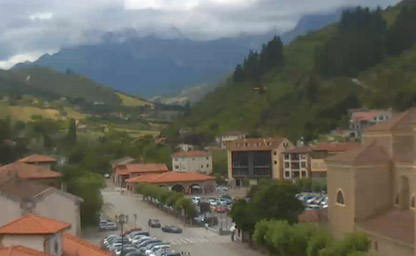
Two pilgrimage routes in Cantabria, discover them
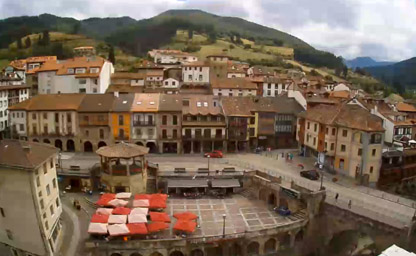
One of the main Jacobean routes, the Camino del Norte or the Cantabrian coast
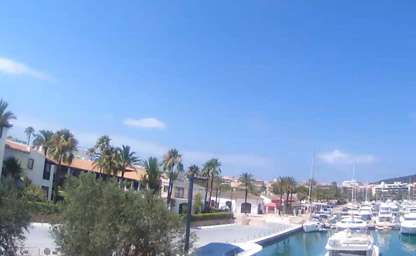
Close to Playa Sa Marina, Playa de San Joan and Playa de Sant Pere
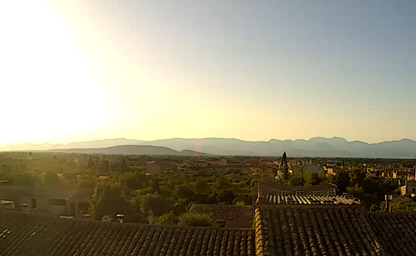
Nearby we find the cities of Montuiri, Santa Eugenia and Llucmajor
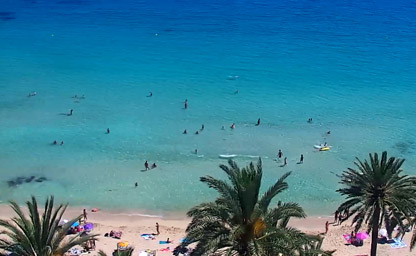
Located on the beachfront, 300 metres from the Marivent Palace
Embark on a virtual expedition to Spain, a country where vibrant culture, historic treasures, and stunning landscapes converge. Immerse yourself in the charm of this Iberian gem through the lens of webcams, offering real-time glimpses into the heart of Spain's iconic cities, coastal paradises, and architectural wonders.
Our digital exploration begins in Barcelona, where webcams provide live views of architectural marvels. Immerse yourself in the whimsical creations of Antoni Gaudí as the digital lens captures the Sagrada Familia, Park Güell, and the intricate details of Casa Batlló.
The live feeds become a virtual stroll through the lively streets, showcasing the blend of Gothic and modernist architecture. Let the digital lens guide you through Barcelona, a city where every corner tells a story of artistic brilliance and cultural richness.
Shift our gaze to Seville, where webcams offer real-time glimpses of flamenco soul. Experience the passion and rhythm of this traditional Spanish art form as the digital lens captures vibrant performances, intricate footwork, and soul-stirring music.
The live feeds provide a virtual front-row seat to the cultural heartbeat of Seville, showcasing the fusion of history and artistic expression. Let the digital lens transport you to the heart of flamenco, where every beat resonates with the spirit of Andalusia.
Continue our digital journey to Costa del Sol, where webcams offer views of coastal elegance. Immerse yourself in the sun-kissed beaches, sparkling Mediterranean waters, and charming seaside towns as the digital lens captures the essence of this coastal paradise.
The live feeds become a virtual beachfront retreat, showcasing the allure of coastal living and the relaxing atmosphere of the Costa del Sol. Let the digital lens guide you through this Mediterranean gem, where every wave carries the spirit of relaxation and beauty.
Our virtual exploration takes us to Madrid, where webcams offer views of the cultural capital. Immerse yourself in the world-class museums, historic landmarks, and bustling city life as the digital lens captures the Prado Museum, Puerta del Sol, and the grandeur of the Royal Palace.
The live feeds provide a virtual tour through the vibrant neighborhoods, showcasing the blend of tradition and modernity that defines Madrid. Let the digital lens be your window to the cultural richness of Spain's capital city.
As our digital journey concludes, webcams in Granada offer views of Moorish splendor at the Alhambra. Explore the intricate palaces, stunning gardens, and historic fortifications as the digital lens captures the beauty of this UNESCO World Heritage Site.
The live feeds become a virtual stroll through the Nasrid Palaces, showcasing the exquisite craftsmanship and architectural legacy of Al-Andalus. Let the digital lens guide you through Granada, a city where the echoes of Moorish history are preserved in every stone.
As our digital expedition through Spain concludes, the webcams have unfolded a visual symphony of architectural marvels, flamenco soul, coastal elegance, cultural capital, and Moorish splendor. Whether exploring Barcelona's artistic wonders, feeling the rhythm in Seville, enjoying the sun on Costa del Sol, delving into Madrid's cultural richness, or marveling at Granada's Alhambra, Spain's beauty comes alive through every pixel on your screen.
Let this virtual expedition be an invitation to delve deeper into the wonders that Spain generously shares with the world. The digital lens, although a substitute for being there in person, allows us to appreciate and celebrate the raw, authentic essence of Spain's landscapes, culture, and architectural heritage.
Spain, a nation of rich historical legacies, diverse climates, and complex geography, has played a crucial role in shaping the cultural, economic, and political landscape of Europe and the world. Situated in the Iberian Peninsula, it has been home to various civilizations, from ancient Iberians and Celts to the Romans, Moors, and Christian monarchies. Its strategic location between Europe and Africa, as well as its proximity to the Atlantic Ocean and the Mediterranean Sea, has made it a key player in trade, exploration, and global politics. Today, Spain continues to attract millions of visitors eager to experience its history, vibrant culture, and stunning landscapes.
The history of Spain is a fascinating journey through conquest, cultural fusion, and empire-building. From prehistoric times to modern democracy, Spain has been a melting pot of civilizations that have left an indelible mark on its identity.
The earliest inhabitants of Spain date back to prehistoric times, with evidence of human settlements in Atapuerca dating over a million years. The Iberians, an ancient civilization, settled in the eastern and southern parts of the peninsula, while the Celts migrated from central Europe and occupied the north and west. These groups coexisted, leading to a blend of cultures known as the Celtiberians.
The arrival of the Phoenicians and Greeks brought trade and maritime influence to Spain's Mediterranean coast. However, it was the Romans who profoundly shaped Spain’s identity. Following the Second Punic War (218–201 BCE), Rome gained control over Hispania, as Spain was called in Latin. The Romans introduced Latin, infrastructure, law, and urbanization, establishing cities like Tarraco (Tarragona) and Emerita Augusta (Mérida). The Roman legacy remains evident today in Spain’s language, legal systems, and architectural remnants.
With the decline of the Roman Empire, the Visigoths, a Germanic tribe, took control of Hispania in the 5th century CE. They established their capital in Toledo and ruled until the early 8th century. However, in 711 CE, the Moors, an Islamic force from North Africa, invaded and swiftly conquered most of the Iberian Peninsula.
Under Moorish rule, Spain became a center of learning, science, and architecture. Cities like Córdoba and Granada flourished, with advancements in medicine, mathematics, and agriculture. The Alhambra in Granada and the Great Mosque of Córdoba stand as testaments to this era.
The Christian kingdoms in the north gradually fought to reclaim the land in a centuries-long process known as the Reconquista. By 1492, King Ferdinand II of Aragon and Queen Isabella I of Castile successfully unified Spain under Christian rule, marking the end of Muslim rule in Spain with the conquest of Granada.
1492 was a transformative year for Spain, not only due to the Reconquista but also because Christopher Columbus, under Spanish patronage, discovered the Americas. This event marked the beginning of the Spanish Empire, one of the most powerful in history. Spain established colonies across the Americas, Asia, and Africa, amassing vast wealth from silver, gold, and trade.
The 16th and 17th centuries saw Spain as a dominant global force, with King Philip II overseeing an empire on which "the sun never set." However, costly wars, economic struggles, and political instability led to the empire’s decline. The loss of Spanish colonies in the 19th and early 20th centuries signified the end of its imperial dominance.
The early 20th century was turbulent for Spain, culminating in the Spanish Civil War (1936–1939). The conflict, fought between the Republican government and Francisco Franco’s Nationalist forces, resulted in Franco's dictatorship, which lasted until his death in 1975.
Following Franco’s death, Spain transitioned to democracy under King Juan Carlos I. The 1978 Constitution established Spain as a parliamentary monarchy, granting autonomy to various regions. Since then, Spain has become a leading European power, joining the European Union in 1986 and growing into one of the world's most visited countries.
Spain’s climate is as diverse as its geography, ranging from the cold, rainy regions of the north to the arid deserts of the south. This variation is due to its vast landmass, altitude differences, and influence from both the Atlantic Ocean and the Mediterranean Sea.
The northern regions of Spain, including Galicia, Asturias, and the Basque Country, experience an Atlantic climate with mild, wet winters and cool, humid summers. Lush green landscapes dominate this area due to consistent rainfall. Cities like Santiago de Compostela and Bilbao often have misty, overcast weather, which contrasts with the sunnier southern regions.
Madrid, Castilla y León, and Castilla-La Mancha fall under a continental climate, characterized by hot summers and cold winters. Due to the lack of coastal influence, temperature variations are extreme. Madrid, for example, experiences freezing temperatures in winter and scorching heat in summer.
Along the Mediterranean coast, including Barcelona, Valencia, and Andalusia, the climate is warm and dry. Winters are mild, while summers are hot and sunny. The Costa del Sol and Costa Blanca attract tourists seeking pleasant weather year-round.
Spain also has semi-arid regions, particularly in Murcia and Almería, which see very little rainfall. The Tabernas Desert in Andalusia is Europe's only true desert. Meanwhile, the Pyrenees and the Sierra Nevada experience an alpine climate with heavy snowfall, making them popular destinations for skiing and winter sports.
Spain is the fourth largest country in Europe, covering 505,990 square kilometers. Its geographical diversity includes mountains, rivers, islands, and a vast coastline.
Spain shares the Iberian Peninsula with Portugal. The Pyrenees Mountains form a natural border between Spain and France, while the Cantabrian Mountains in the north create rugged landscapes.
The Meseta Central, a vast plateau in central Spain, dominates the country's interior. It is surrounded by mountain ranges such as the Sierra Morena and the Sistema Central.
Major rivers like the Ebro, Tagus, and Guadalquivir have historically supported agriculture and transportation. Spain boasts 4,964 km of coastline along the Atlantic Ocean and the Mediterranean Sea, making it one of Europe's top beach destinations.
Spain controls two major island groups: the Balearic Islands in the Mediterranean (including Mallorca, Ibiza, and Menorca) and the Canary Islands in the Atlantic, near Africa. These islands have distinct cultural influences and attract millions of tourists each year.
For an authentic Spanish experience, explore smaller towns like Ronda, Cuenca, and Cadaqués. These locations offer breathtaking views, historic architecture, and a chance to experience traditional Spanish culture away from the tourist crowds.
Spain is home to the world’s oldest restaurant, Sobrino de Botín, in Madrid. Founded in 1725, it has served traditional Castilian cuisine for nearly 300 years, attracting famous guests like Ernest Hemingway.